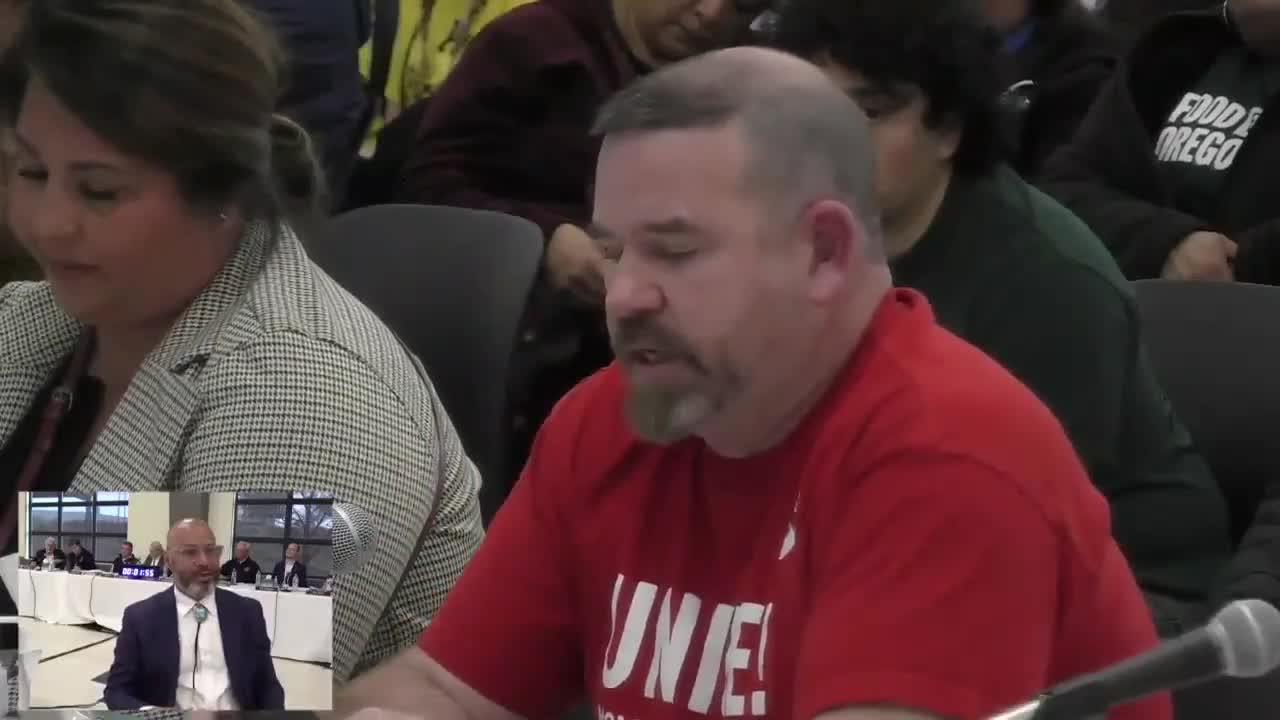Springfield educators advocate for full pre K12 funding and pay parity for faculty
April 25, 2025 | Ways and Means, Joint, Committees, Legislative, Oregon
This article was created by AI summarizing key points discussed. AI makes mistakes, so for full details and context, please refer to the video of the full meeting. Please report any errors so we can fix them. Report an error »

During a recent meeting of the Joint Committee on Ways and Means, education advocates and cultural leaders voiced urgent calls for increased funding and support for Oregon's educational and cultural institutions. The discussions highlighted the critical need for investment in both K-12 education and community arts programs, emphasizing their roles in shaping the future of the state.
One of the key speakers, the president of the Springfield Education Association, passionately advocated for fully funding the pre-K-12 education model, particularly for students with special needs. She pointed out that many early-career educators are struggling with low salaries and overwhelming workloads, leading to high rates of burnout and attrition. "Greater investments in education can provide sufficient salaries to retain some of our most vibrant, creative, and effective educators," she stated, underscoring the connection between educational quality and the overall well-being of the community. She urged lawmakers to prioritize funding that aligns with the Quality Education Model (QEM) and to address pay disparities for part-time community college faculty.
In a related discussion, Lydia Hines, executive director of the Coos Art Museum, expressed her support for House Bill 3191, which aims to provide capital funding to cultural organizations across the state. Hines shared a compelling story about a high school student from Gold Beach who created a life-sized steel bear sculpture, which not only won an award but also sparked community interest and fundraising efforts. This initiative exemplifies how cultural organizations can serve as vital resources for education and community pride, particularly in rural areas.
The meeting underscored the interconnectedness of education, arts, and community development, with speakers emphasizing that investing in these areas is essential for addressing broader societal issues such as poverty and homelessness. As the committee continues its discussions, the outcomes of these conversations could significantly impact the future of education and cultural engagement in Oregon, shaping the lives of residents for years to come.
One of the key speakers, the president of the Springfield Education Association, passionately advocated for fully funding the pre-K-12 education model, particularly for students with special needs. She pointed out that many early-career educators are struggling with low salaries and overwhelming workloads, leading to high rates of burnout and attrition. "Greater investments in education can provide sufficient salaries to retain some of our most vibrant, creative, and effective educators," she stated, underscoring the connection between educational quality and the overall well-being of the community. She urged lawmakers to prioritize funding that aligns with the Quality Education Model (QEM) and to address pay disparities for part-time community college faculty.
In a related discussion, Lydia Hines, executive director of the Coos Art Museum, expressed her support for House Bill 3191, which aims to provide capital funding to cultural organizations across the state. Hines shared a compelling story about a high school student from Gold Beach who created a life-sized steel bear sculpture, which not only won an award but also sparked community interest and fundraising efforts. This initiative exemplifies how cultural organizations can serve as vital resources for education and community pride, particularly in rural areas.
The meeting underscored the interconnectedness of education, arts, and community development, with speakers emphasizing that investing in these areas is essential for addressing broader societal issues such as poverty and homelessness. As the committee continues its discussions, the outcomes of these conversations could significantly impact the future of education and cultural engagement in Oregon, shaping the lives of residents for years to come.
View full meeting
This article is based on a recent meeting—watch the full video and explore the complete transcript for deeper insights into the discussion.
View full meeting
